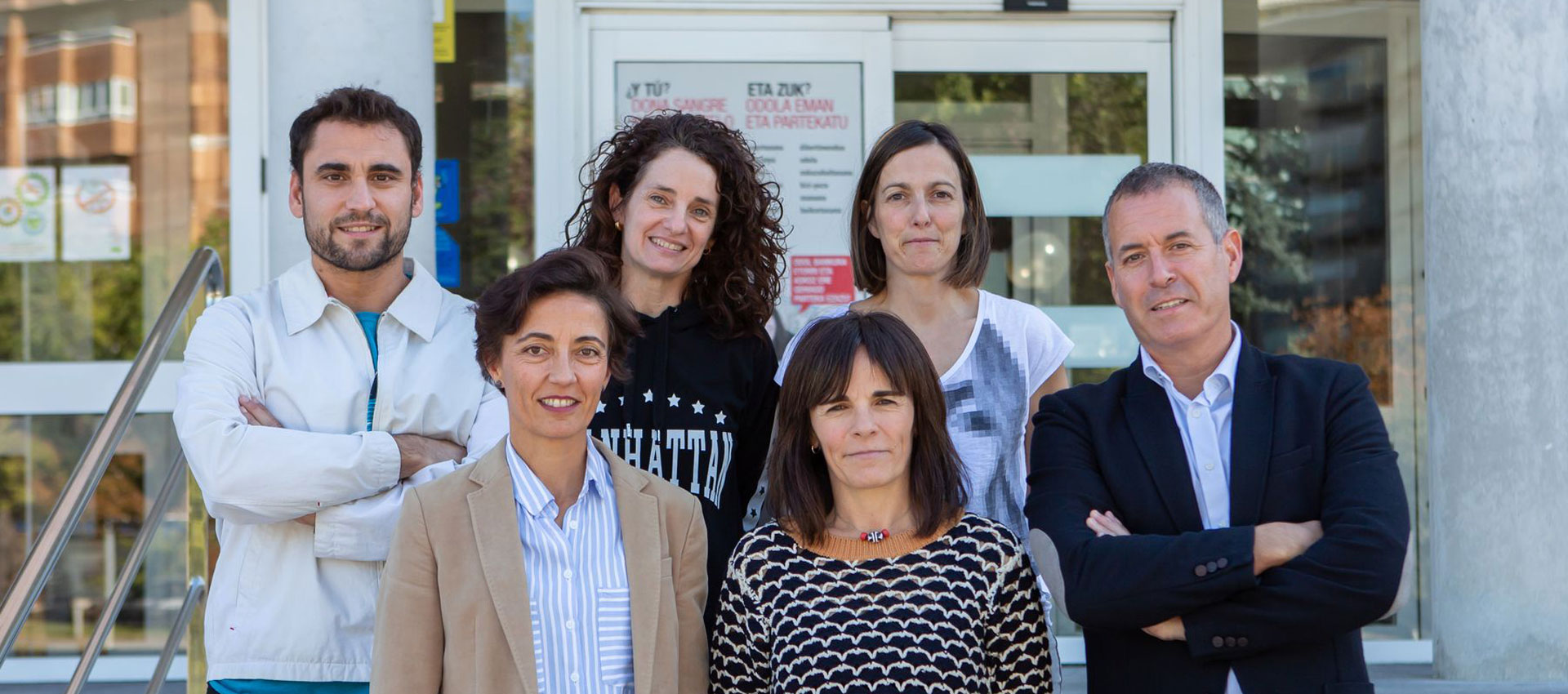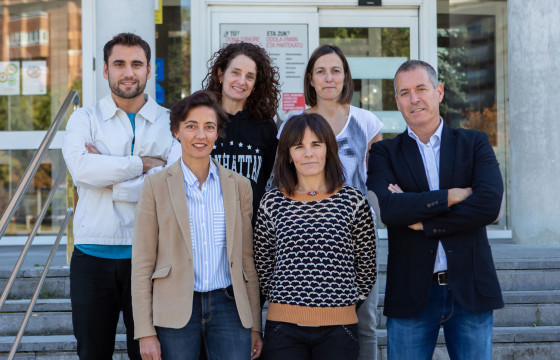
UPNA, the Education Department and Navarrabiomed participate in physical activity observatory for 3- to 6-year-old children in Navarra
Researchers from the Public University of Navarra (UPNA), Navarrabiomed and the Education Department of the Government of Navarra participated in a research project financed by the Navarra Education Department to create the first Physical Education Observatory for 3- to 6-year-old children in Navarra. They were Alicia Alonso, Mikel Izquierdo and Alazne Antón (UPNA), Antonio García-Hermoso and Robinson Ramírez-Vélez (Navarrabiomed), and Berta Villoslada and Berta Echavarri (CIP FP Lumbier-Education Department, Government of Navarra).
The Observatory is meant to promote physical activity in schoolchildren, reducing their screen time and adding relaxation time instead, as it has been shown that developing healthy habits in childhood is crucial to preventing cardiovascular disease in adult life. In order to achieve its goal, the Observatory will conduct a series of assessments in local schools, with children and their families, testing their fitness, measuring their sleep time and analysing all this information with them. The evaluation includes physical tests (jumping with both feet, speed/agility tests, etc.), body composition analysis (waist circumference, percentage of body fat and body mass index) and the use of personal electronic devices to measure the intensity of everyday activity and rest/sleep periods. In addition, the correlation will be established between fitness and school achievements.
The study is set to begin in Colegio Santa María la Real-Maristas Pamplona in October, then moving to Colegio Público San Juan de la Cadena. Finally, there will be a special teacher training module in CIP FP Lumbier, targeted at the students in the higher education training cycles (80), who will become assessors. This will be part of the module titled ‘Fitness testing and response to accidents’.
Throughout the process, school teachers will participate in measurements and evaluations, in an effort to introduce new trends, methods and formulas in children health assessment. According to the authors of the study, ‘the results might help understand why schoolchildren are gaining weight and their performance at school is worsening, with low levels of physical activity.’
Childhood as a critical period to develop healthy habits
‘Early childhood is a critical period for physical, social and cognitive development, to establish healthy behaviour patterns that can be kept into adulthood,’ the researchers say. Studies show that ‘regular participation in physical activities by pre-schoolers is essential for normal development and growth, with immediate and long-term benefits for physical and psychological wellbeing,’ they add. However, they explain, evidence for this age group is still relatively scarce as compared to the data available for children and adolescents aged 6 to 17.
Recently, the World Health Organisation (WHO) published new guidelines on physical activity, sedentary behaviour and sleep for children under 5 years of age. According to these recommendations, children 3-5 years of age should spend at least 180 minutes in a variety of types of physical activities, of which at least 60 minutes is moderate- to vigorous-intensity activity. ‘Despite the benefits for health of regular physical activity, many pre-schoolers fail to meet these standards,’ the authors of the study state. The Observatory is aimed at improving results in this area.


